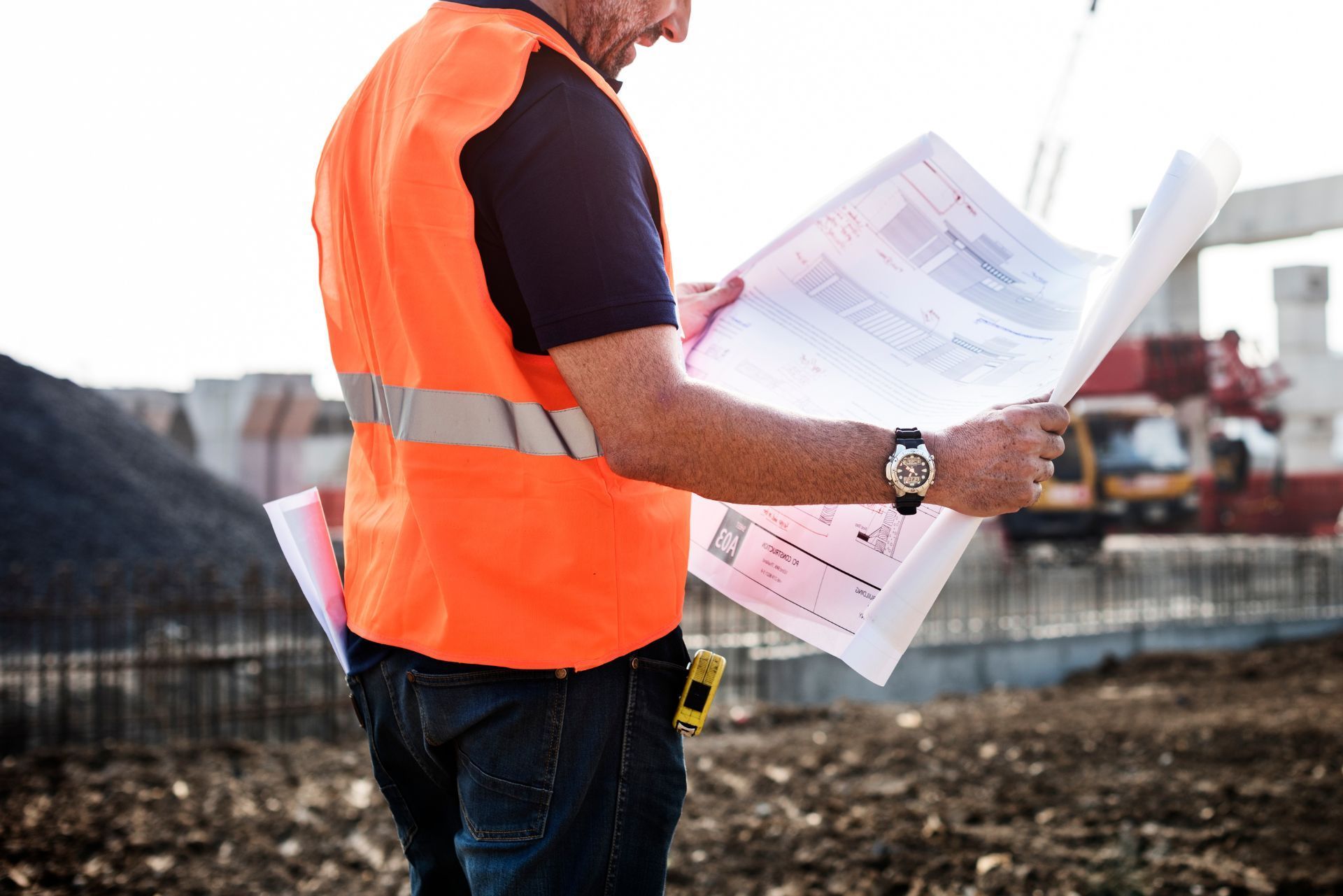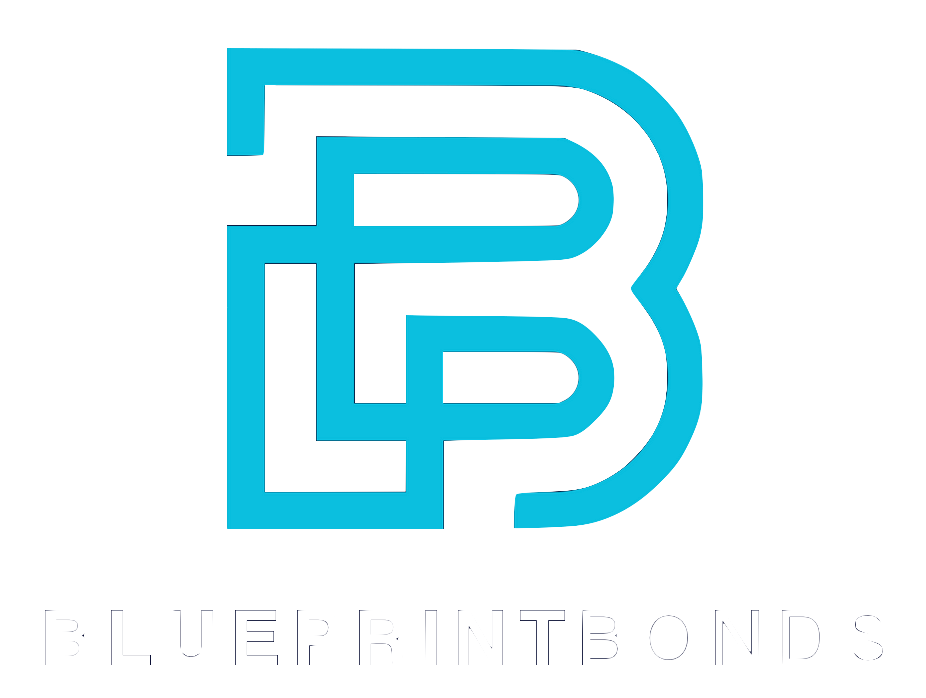When it comes to developing land in Arizona, understanding the legal and financial requirements is crucial. One of the key components in this process is the Arizona subdivision bond. This article delves into what a subdivision bond is, why it's necessary, and how it impacts developers and homeowners alike.
What is a Subdivision Bond?
A subdivision bond is a type of surety bond that developers must obtain to ensure that they fulfill their obligations related to the development of a subdivision. This bond serves as a financial guarantee that the developer will complete the necessary improvements, such as roads, utilities, and landscaping, in accordance with local regulations and standards.
The bond protects the local government and the public by ensuring that if the developer fails to complete the project, the bond can be used to cover the costs of completing the work. Essentially, it’s a safety net for the community and a commitment from the developer.
Purpose of a Subdivision Bond
The primary purpose of a subdivision bond is to ensure that developers adhere to their commitments. This includes completing infrastructure improvements that are essential for the safety and functionality of the community. Without such guarantees, there could be significant financial risks for local governments and residents.
Moreover, subdivision bonds help maintain the quality of life in the area. By ensuring that developers complete necessary improvements, these bonds contribute to the overall aesthetic and operational standards of the community, which can enhance property values and attract new residents. This is particularly important in rapidly growing areas where the demand for housing and amenities is high, and any delays in development can lead to frustration among prospective homeowners and investors alike.
Types of Subdivision Bonds
There are generally two types of subdivision bonds: performance bonds and maintenance bonds. Performance bonds guarantee that the developer will complete the project as per the agreed terms. Maintenance bonds, on the other hand, ensure that the completed work will be maintained for a specified period after the project’s completion.
Understanding the distinction between these two types is essential for developers, as each serves a unique purpose in the development process. Depending on the specific requirements of the local government, a developer may be required to obtain one or both types of bonds. Additionally, the bonding process often involves a thorough review of the developer's financial stability and project plans, ensuring that only qualified developers are entrusted with significant community projects. This scrutiny helps safeguard public interests and promotes responsible development practices.

Why are Subdivision Bonds Required in Arizona?
In Arizona, subdivision bonds are mandated by state law and local ordinances. The requirement for these bonds stems from the need to protect public interests and ensure that developers meet their obligations. The state recognizes that development can significantly impact local communities, and thus, it has established regulations to mitigate risks associated with incomplete or poorly executed projects.
Legal Framework
The legal framework surrounding subdivision bonds in Arizona is primarily governed by the Arizona Revised Statutes. These statutes outline the requirements for developers, including the types of improvements that must be bonded and the process for obtaining a bond.
Local municipalities may also have specific regulations that complement state laws. Therefore, developers must familiarize themselves with both state and local requirements to ensure compliance and avoid potential legal issues. This dual-layered approach not only helps in maintaining uniformity in development standards but also allows for flexibility in addressing unique local needs. For instance, a city might require additional bonding for infrastructure improvements that are particularly critical to its community, such as parks or road enhancements, thereby ensuring that developers contribute positively to the local environment.
Benefits for Developers
While subdivision bonds may seem like an additional hurdle for developers, they actually offer several benefits. First, obtaining a bond can enhance a developer's credibility. It demonstrates a commitment to completing projects responsibly and adhering to local regulations.
Additionally, having a subdivision bond can facilitate smoother interactions with local governments. It can expedite the approval process, as municipalities are more likely to approve projects that come with the assurance of a bond. This can ultimately lead to faster project completion and reduced time to market. Moreover, subdivision bonds can serve as a financial safety net for developers. In the event of unforeseen circumstances that may delay project completion, the bond can cover costs associated with hiring contractors to finish the work, thus protecting the developer's investment and reputation. This financial assurance can also make it easier for developers to secure financing from banks or investors, as they can present a more robust risk management strategy that includes bonding as a key component.
How to Obtain a Subdivision Bond
Obtaining a subdivision bond involves several steps, which can vary depending on the specific requirements of the local government. Here’s a general overview of the process:
Step 1: Assess Requirements
Before applying for a subdivision bond, developers should assess the specific requirements set forth by the local municipality. This includes understanding the types of improvements that need to be bonded and the estimated costs associated with those improvements.
Consulting with local planning or zoning departments can provide valuable insights into the requirements and help streamline the process. This initial assessment is crucial for ensuring that all necessary documentation is prepared before applying for the bond. Additionally, developers should familiarize themselves with any local ordinances or regulations that may affect the bonding process, as these can vary significantly from one jurisdiction to another. Understanding the nuances of local law can prevent delays and complications later in the project.
Step 2: Choose a Surety Company
Once the requirements are clear, the next step is to choose a surety company. A surety company is a third-party entity that issues the bond and guarantees the developer’s obligations. It’s essential to select a reputable surety company with experience in subdivision bonds.
Developers should consider factors such as the company’s financial stability, customer service, and expertise in the local market. A good surety company can provide guidance throughout the bonding process and help ensure compliance with all legal requirements. Furthermore, it may be beneficial to seek recommendations from other developers or industry professionals who have navigated similar bonding processes. Their firsthand experiences can offer insights into which surety companies are reliable and efficient, ultimately saving time and resources.
Step 3: Complete the Application Process
The application process for a subdivision bond typically involves submitting various documents, including financial statements, project plans, and any required permits. The surety company will review these documents to assess the developer’s creditworthiness and ability to complete the project.
Once the application is approved, the developer will need to pay a premium for the bond, which is usually a percentage of the total bond amount. After payment, the bond will be issued, and the developer can proceed with the project. It is important to note that the bond amount is often determined based on the estimated cost of the improvements, and developers should ensure that their estimates are accurate to avoid any financial shortfalls. Additionally, maintaining open communication with the surety company during this phase can help address any potential issues that may arise, ensuring a smoother path forward as the project progresses.
Cost of Subdivision Bonds
The cost of a subdivision bond can vary significantly based on several factors, including the size and scope of the project, the developer’s credit history, and the surety company’s underwriting criteria. Typically, the premium for a subdivision bond ranges from 1% to 3% of the total bond amount.
Factors Influencing Bond Costs
Several factors can influence the cost of obtaining a subdivision bond. These include:
- Project Size: Larger projects often require higher bond amounts, leading to higher premiums.
- Creditworthiness: Developers with strong credit histories may qualify for lower premiums, while those with poor credit may face higher costs.
- Bond Type: The type of bond required (performance vs. maintenance) can also affect the cost.
Budgeting for Subdivision Bonds
When budgeting for a subdivision project, it’s essential for developers to account for the cost of the bond. This should be factored into the overall project budget to avoid unexpected financial burdens later on.
Additionally, developers should consider the potential for bond premiums to fluctuate based on market conditions and their financial standing. Having a clear understanding of these costs can help ensure that projects remain financially viable.
Furthermore, it is advisable for developers to engage with a knowledgeable surety bond agent who can provide insights into the bonding process and help navigate the complexities of securing a bond. These professionals can assist in comparing different surety companies and their offerings, ensuring that developers find the most competitive rates available. They can also provide valuable advice on improving creditworthiness, which can lead to more favorable bond pricing in future projects.
Moreover, developers should also be aware of the potential for additional costs associated with subdivision bonds, such as fees for bond issuance and renewal. These costs can accumulate, particularly for long-term projects, making it vital for developers to plan accordingly. By anticipating these expenses and including them in their financial projections, developers can better manage their cash flow and maintain the overall health of their project budgets.

Implications of Not Obtaining a Subdivision Bond
Failing to obtain a subdivision bond can have serious implications for developers. Without a bond, a developer may face legal penalties, including fines and delays in project approval. Local governments may require a bond as a prerequisite for obtaining necessary permits, and without it, the project may be halted.
Legal Consequences
In Arizona, not complying with bonding requirements can lead to legal action from local authorities. This could result in costly litigation, which may further delay the project and increase overall expenses.
Additionally, developers may find it challenging to secure financing for their projects without a bond, as lenders often view bonding as a sign of credibility and commitment to completing the project. The absence of a subdivision bond can also raise red flags for potential investors, who might perceive the lack of financial assurance as a risk factor that could jeopardize their investment.
Impact on Community and Reputation
Beyond legal ramifications, failing to obtain a subdivision bond can negatively impact the developer's reputation within the community. Local residents and officials may view the developer as untrustworthy, which can hinder future projects and partnerships.
Moreover, if a project is left incomplete, it can lead to safety concerns and decreased property values in the area, further damaging the developer's standing in the community. In addition to these tangible impacts, the developer may also face challenges in community relations, as residents may become vocal advocates against the developer, organizing protests or petitions that could further complicate future endeavors.
Furthermore, the ripple effects of not securing a subdivision bond can extend to local economies. Projects that are delayed or abandoned can stall job creation and economic growth, leaving a lasting impression on the community's perception of development efforts. This can create a cycle of mistrust and reluctance among community members, making it increasingly difficult for developers to engage with them in future projects, regardless of their intentions or qualifications.
Conclusion
In summary, understanding the Arizona subdivision bond is crucial for any developer looking to undertake a project in the state. These bonds serve as a vital tool for ensuring that developments are completed responsibly and in accordance with local regulations.
From the legal framework surrounding subdivision bonds to the process of obtaining one, developers must navigate various aspects to ensure compliance and protect their investments. By recognizing the importance of these bonds, developers can not only safeguard their projects but also contribute positively to the communities they aim to develop.
Ultimately, subdivision bonds are more than just a regulatory requirement; they are a commitment to quality, safety, and community well-being. By adhering to these requirements, developers can foster trust and build lasting relationships with local governments and residents alike.
Article By: Ryan Spalding
Licensed Insurance Agent & Bond Specialist
Contact Us

